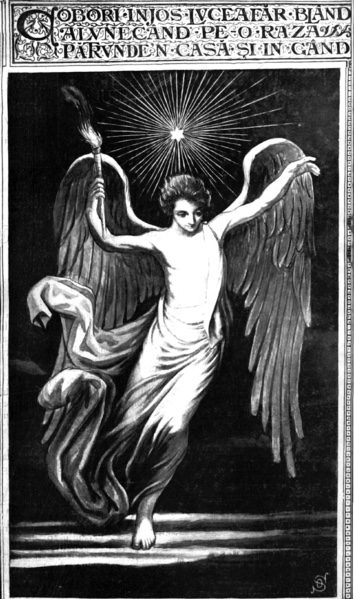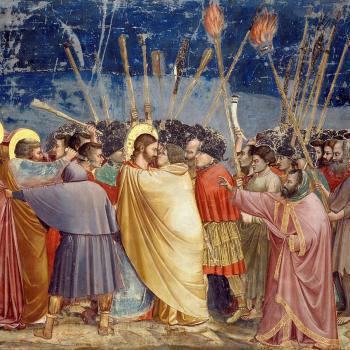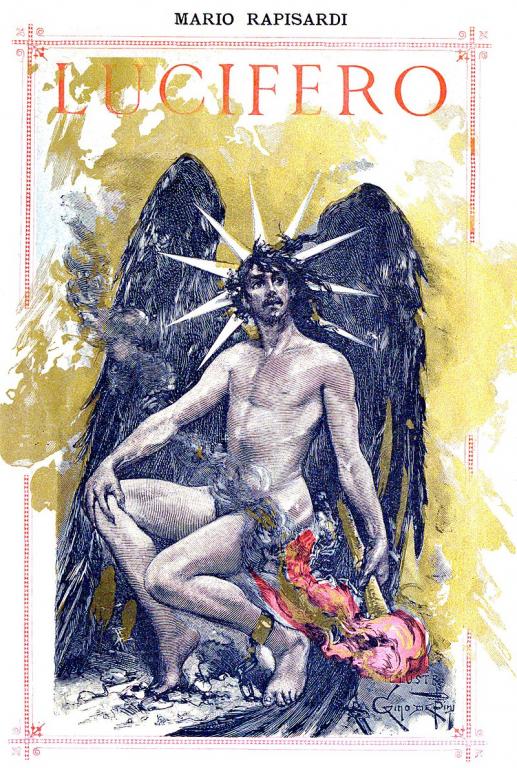
“…the first radical known to man who rebelled against the establishment and did it so effectively that he at least won his own kingdom – Lucifer.”
- Rules for the Radicals, Saul Alinsky 1971
Full Disclosure, the ideas presented here are not original to the author but have a long history of use by the subversive, the romantic, libertarians, rebellious and disruptive, even anarchistic, as well as occult and Gnostic philosophies both historic and modern. Indeed, a host of good material is available to the interested reader from contemporary writers, including Shani Oates, Peter Grey, Michael Ford, Mike Howard, among the more notable contributors. Such reading material provides great depth of exploration into the history, myth and study of Lucifer.
That being said, the following is not intended as a scholarly piece, nor an intellectual exercise, but is based upon my own experiences, such as they are. Granted, my thoughts have enjoyed elucidation through some fruitful discourse in the past with such luminaries as, amongst others, Shani Oates, who has laced her works known to this author (I confess, limited to very few) with references to Lucifer.
The below represents, though, my first-hand relationship with the chief angelic rebel, the heretic par excellence, the subversive force who is an ever present spirit in my life. My principal thanks in realising this angel in my life must go to my Witch Father for showing me the door.
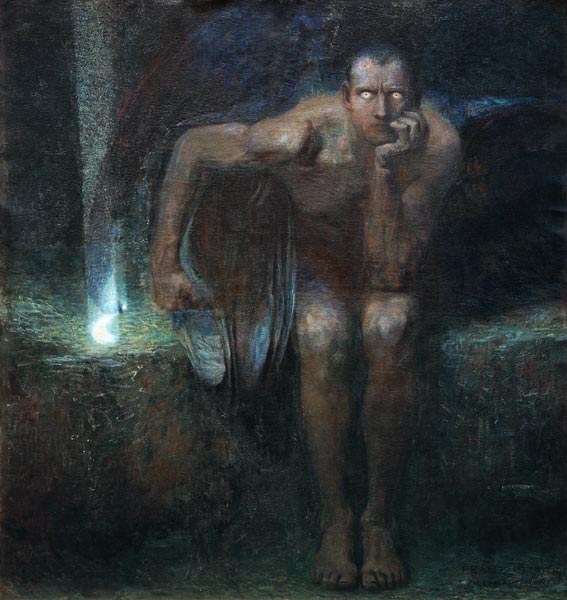
A feature of Lucifer which regularly is forgotten is his falling, with scant thought for the implication. Indeed, as the ‘angel of the crown’ Hakathriel, as indicated by René Guénon (1886 – 1951), his fall from Kether to Malkuth is symbolically represented in the Lightening Flash, or Flaming Sword, which shows the descent of the light through the Sefirot and juxtaposed with the ascending Serpent upon the Tree of Life. Kabbalistic description aside, this places our protagonist in the position as a liminal force, manifesting in the flesh and attaining the Kingdom of the Earth. Indeed, in his outstanding book Underworld Initiation, RJ Stewart associates Lucifer as an angel of the Earth.
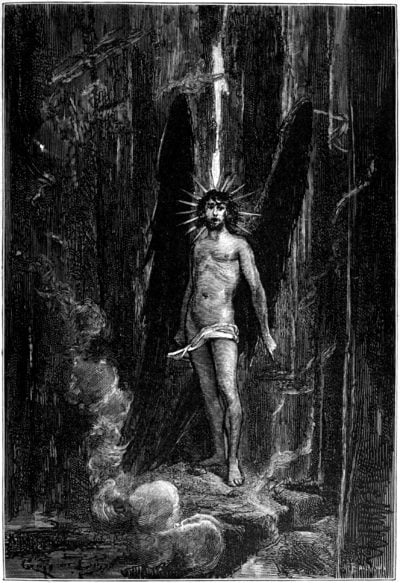
However, it is to the nature and presence of the ‘force’ of Lucifer which we now turn. Neo-paganism, in its haste to gloss over the myths of our Western Christian worldview, which informs the very foundations of our ideas and belief systems, forgot the integral aspect of Lucifer’s very character. As the ultimate rebel Lucifer embodies the wilful and deliberate act over blind obedience to the rule of law, even God’s rule. The chief heretic, leader of rebellious angels, He is the champion of defiance. It is little wonder that, by the 19th Century, he was the poster boy for the libertarians and anarchists.
We also see in the emerald stone, which legend says slipped from Lucifer’s brow during His fall, the Grail, the Tabula Smaragdina, signifying a possible solution to the ‘lost word’ of Freemasons and Gnostics, the Grail quest, Philosopher’s Stone, the secrets of the prima materia and its transmutation.

The original rebel without a cause (“what are you rebelling against, Johnny?”, “waddya got!”), Lucifer manifests as the force that challenges the status quo in favour of driving evolution. His rebelliousness is the necessary agent for change, the devil at the crossroads, demanding we keep moving or face stagnation in the folds of inertia. This, for me, is the key attribute of Lucifer, and the force with which He most makes His presence known in my life. Indeed, He represents a direct disruption to existing conditions and often the choice is to exercise our Will, to have mastery of or be used by Fate.
Therefore, Lucifer illuminates our actions and decisions, bringing us face to face with ourselves and our choices as we navigate the ‘web of wyrd’, discerning and honing our path. In this way, we are taught to strive toward mastery of the patterns of Fate, rather than being used by it. Once more, this chimes well with Tom Graves’ book about overcoming fate, Positively Wyrd .
”We can’t escape our fate, our wyrd: it is…
But there’s always a choice, there’s always a twist…”
Tom Graves, Positively Wyrd, Glastonbury, 1995
Lucifer’s job is not to comfort or succour, leave that to the Lamb of God. No, His way is often uncomfortable, disruptive, innovative, even troublesome, plumbing the depths and agitating the waters. After all, since when did more of the same ever enlighten anyone? Sometimes, we require the rebel to bring about a paradigm shift, offering fresh perspective on old ideas.
Look for Him in the unexpected, the surprising, the challenging, the new, and the urge to rebel and seize the power in determining our path. To me, Lucifer wryly whispers a mantra which never allows me to settle for the same, but drives me onward, taking difficult, sometimes frightening, roads which ultimately make me stronger or provide new experiences and perspectives. At times, it is truly challenging to learn and establish a relationship but, in recognising the devil in the detail, old edifices can be brought down and new, positive structures built. And what does Lucifer whisper to me? Simply, and shockingly, “Change!”
“Now it seemed reasonable to earlier thinkers that if Lucifer had been hurled out of Heaven like a lightning flash… it was only justice if he showed us the way back eventually. In his serpent form, he seemed to be doing just that.”
“In the case of the Holy Tree, they visualised the Fall of both man and archangel as a lightning flash (sometimes seen as a sword), flashing from one sphere to another until it reached the Earth. The return way of the serpent… is shown crossing every Path in sequence on its upward journey.”
William G. Gray, Qabalistic Concepts: Living The Tree, Boston, MA., Weiser Books, 1984/1997, p. 125-126
